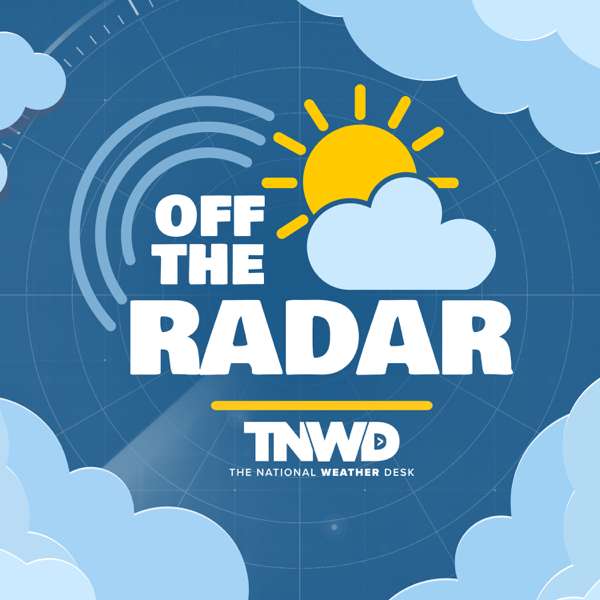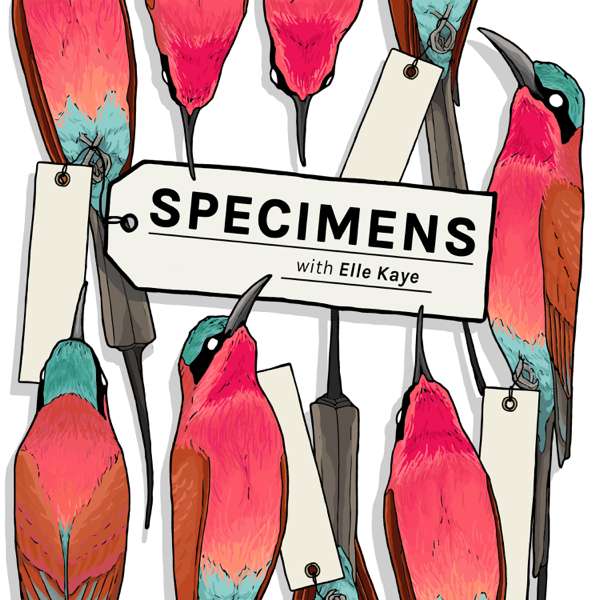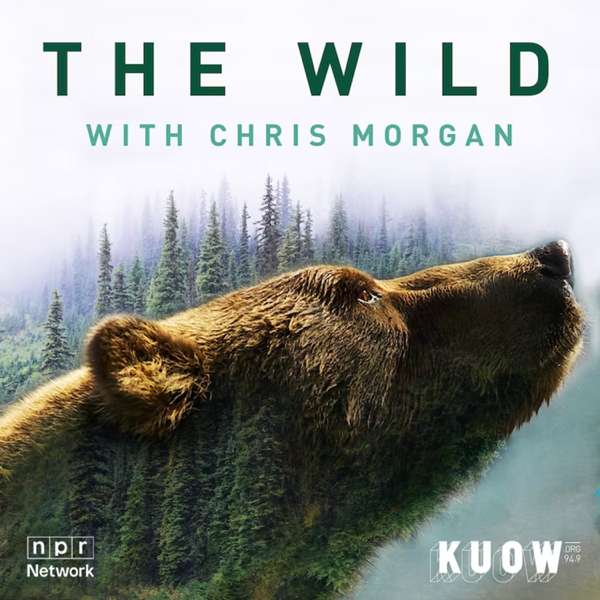Kickstarter Link!
http://kck.st/3IloYFL
PURPOSE: We are putting this together for a planned scientific expedition to the Trinity Alps to help prove the existence of the hidden giant salamander species that calls the mountains home.
SPECEMIN: The Trinity Alps Giant Salamander is cryptid giant salamander that is rumored to live in the mountain ranges of northern California, specifically the Trinity Alps. This giant has been seen in the area since at least the early 1900's all the way up to modern day with some of the more famous encounters being the Frank L Griffith sighting which included 5 of the amphibians all ranging from 5 to 7 feet in length, which would put them at a comparable size of Japanese Giant Salamanders. Also, the Vern Harden sighting which claimed to see large amounts of 4–5-foot salamanders in Hubbard Lake. During the early sightings, the area in which these creatures inhabited was vastly remote, but nowadays it is butting up to the edge of civilization with new construction projects, like resorts and dams on the edge of what is believed to be their remaining range. We believe that this creature still exists today but may very well be on the edge of extinction like many other salamanders in the world. Without proving its existence in the near future, it will probably be added to the ranks of manmade extinct species.
DATA COLLECTION: How will we prove the existence of these magnificent creatures? By assembling a team of highly qualified aquatic and salamander experts and applying the most modern surveying techniques for other mysterious giant salamanders around the world. (i.e. Hellbenders, Giant Japanese Salamanders) Some of the surveying techniques we will be using, both physical and laboratory survey methods. The physical survey methods include snorkel surveys to help ID salamander dens and actively guide salamanders to nets. Scuba Diving to survey rock crevices and deep water ROV's. The laboratory surveys will be the most crucial for proving the existence of reproductive populations because larval salamanders are some of the hardest to ID on Earth. The survey method we will be using in this will be a DNA sampling of small amounts of live tissue from larval salamanders in the area that have a high probability of being this cryptic species, but due to the mass amounts of other salamander species in the area, it can be nearly impossible to distinguish between different species with just the naked eye. This may be the reason that some other survey teams came away with no definitive results.
CREW: Cryptids of the Corn! Professional Podcaster experts at researching cryptid history, sighting locations, speculative biology and tracking down eye-witness testimonies. Also, having specialties in endangered species surveys and DNA collection.
Christian: Professional Wildlife Documentarian. Scuba diving expert. Professional Treasure Hunter
Zach Alley: I'm an ichthyologist, graduated from Miami U with a BA in Zoology in 2015 and an MS in Conservation Biology from the University of West Alabama in 2023. Ive worked with aquatic organisms since 2012, and spend alot of my free time documenting aquatic biodiversity via publication quality portrait photographs of fishes and other aquatic life (crayfish, herps, etc) My most recent research has focused on systematics and phylogenetics and characterizing life history traits and co occurrence between Etheostoma parvipinne and Ambystoma salamanders in the black belt Prarie region of Alabama and Mississippi
David Pounders: My name is David Pounders, and I am a biologist. I was born in Panama City, Panama, but grew
up in Northwest Alabama. Ever since I was young, I have been obsessed with animals, mainly reptiles and amphibians. Living in Alabama made this easy as it is easily one of the most biodiverse areas, so it wasn’t hard to find different species of snakes, turtles, and other scaly critters. I knew I wanted a career in wildlife conservation but instead of working with reptiles and amphibians I now work with fish. My areas of expertise are Ichthyology, Herpetology, and
population genetics. I currently work with nongame species of conservation concern using molecular techniques to aid in understanding these creatures. My main focus is on narrowly endemic as understanding the genetic structure of the species is important to inform conservation managers. I still consider myself a field biologist. To this day I lead and assist field crew teams in doing surveys, population assessments, and habitat assessments. I one day plan to use my skills either in an academic setting or for other entities that aid in the conservation of aquatic species.
Support this podcast at —
https://redcircle.com/cryptids-of-the-corn/donationsAdvertising Inquiries:
https://redcircle.com/brandsPrivacy & Opt-Out:
https://redcircle.com/privacy
 Our TOPPODCAST Picks
Our TOPPODCAST Picks  Stay Connected
Stay Connected







